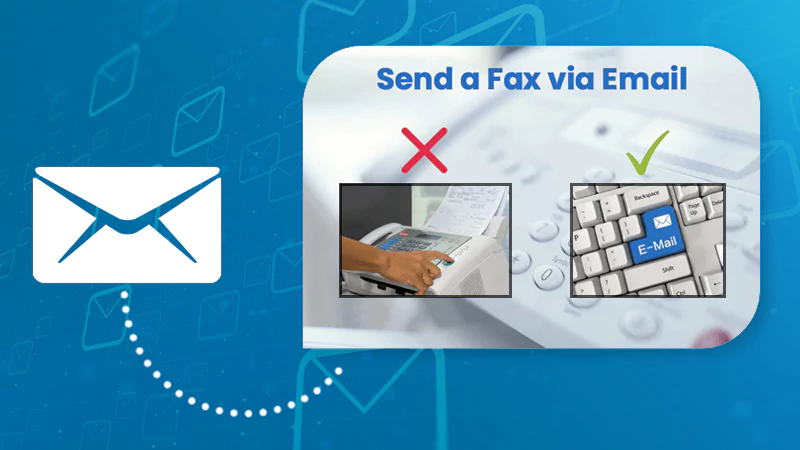Security in a P2P App: The Main Issues You Should Be Aware of
Payments in a P2P application are a synonym for safe, convenient, and instant transactions. That’s the main reason why customers value different P2P payment solutions. According to the latest statistics, this FinTech trend is constantly growing and will definitely keep this tendency in the future.
So no one is surprised by the extreme popularity of online payment systems among modern customers. They are interested in the newest trends like NFT, AI, and, as you may notice, P2P too. What is quite doubting for customers – is possible security issues.
The Opposite Side of P2P Popularity
The world is dynamic in all of its aspects. Most people would think about the possible advantages and achievements of something but as an expert in P2P payment app development, you must take into account the potential issues and risks of your product.
As the P2P industry has experienced a huge rise in past years, this fact also has an opposite side. Because many people demonstrate their interest in using mobile payment applications, cybercriminals don’t stay behind this process.
If you want to dive deep into the possible security issues of P2P software, you should clarify the basic principles of this technology.
Principles of P2P Technology
It is based on decentralization which means all nodes of the network must be equal. Such a base relates to Blockchain and guarantees specific benefits compared to other approaches. Here are the main benefits:
– fault tolerance when the communication between certain nodes is interrupted;
– the better speed of getting information thanks to multiple coping;
– an opportunity to share data without demanding the exact IP;
– an extra capacity and strength of the network.
Well, developers want to Build A P2P Payment App because they already know the main advantages of this technology. At the moment, approximately half of Internet traffic is going through the P2P networks. Moreover, the amount of its users also impresses: it counts 100 million active participants and 28 million keep exchanging content daily.
Where P2P is Used Nowadays
The most obvious and key way of taking advantage of peer-to-peer technology is file sharing. At the same time, it’s not the only one in the world. This technology is successfully used in the following spheres: programming, television, message exchange, developing software modules, and so on.
The list of spheres taking advantage of P2P is endless. This fact shows that despite potential issues and dangers, this technology is still very valuable. Now you know that the best mobile payment apps are based on it. What is more important is to keep appropriate rules and resist cybercriminals.
How do Peer-to-peer Scams Occur
Overall, among many options of how scammers can try to fool P2P mobile software users, we can define 2 of the most popular options. Let’s discuss them.
The first one is the bogus buyer. Most peer-to-peer apps mean that when you receive a payment it stays in the system for a while before you can get in on your banking account. Usually, this procedure lasts from several minutes to 3 business days. This time is exactly what scammers rely on when you try to sell something.
As a result, you may receive a fake notification and not be able to make sure a person has sent you money. After several days, you will have nothing to do but get disappointed because you have lost an item and don’t get money for it.
The second one is the publicized payment. As a Venmo user, you may take advantage of the translation with public scrutiny. This feature makes your personal information available to the public so your transactions may also become vulnerable.
If you want to avoid such a problem you should manage your Venmo privacy settings. Unfortunately, not all its users know about such an opportunity or literally neglect it. It’s better to spend a few minutes and prevent many issues with your financial security in the future.
Anyway, every honest and clean individual is interested in P2P apps to work fast, safely, and easily. On the one hand, ordinary users desire to make their transactions properly. On the other hand, developers who wonder how to build a social payment app for their target audience will be excited to try it. So it’s fair to say that both sides should strive to make everything work.
How to Increase the Security in P2P Software for Customers
As an ordinary user, you may make transactions and have no issues with your money. All you need is to follow these simple rules:
– always read the conditions of the service you are planning to use;
– prefer gutting notifications about every transaction made in your account;
– send funds only to those users you know or at least carefully check the recipient’s data;
– control your privacy settings no matter what P2P mobile payment app use;
– don’t try to use peer-to-peer apps for business financial operations:
– prefer a 2FA (two-factor authentication) if such a feature is available;
– accept updates your P2P software proposes to you because it could include a solution to the previously identified issue;
Most of these recommendations seem simple but you will be impressed by how simple tips really work. So don’t ignore them for your personal and financial data safe.
How to Increase the Security in P2P Apps for Developers
As P2P payment solutions relate to banking and personal information, developers must deal with possible issues in the development and support stages. The best they can do is to cover such challenges in the development stage. And Jatapp.com is one of the development teams that can do this and do it well.
At the center of developers’ attention is the security of data that customers exchange with each other. The exact guidelines on how to build a peer-to-peer payment app with proper protection depend on the particularities of the software.
In general, there are 3 of the most essential paths to guarantee the appropriate level of security: Blockchain, Identity Protection, and SSL. Let’s pay a little more attention to them.
Blockchain
According to the actual technologies and research, Blockchain is known as the safest and the most reliable protection option. Blockchain is a chain of blocks storing relevant data. As a result, each section of the P2P section has its own unique and constantly updating database.
SSL
SSL is a protocol that is meant to guarantee safe connections to the Internet and other possible networks. It is great in helping customers interrupt without risks. This protocol lets you build a safe connection based on identification. After these steps, you will have no doubts about your safety while using a mobile payment app.
Identity Protection
Security issues often depend on the way the P2P app will be used. And usually, it is quite possible to guarantee the required level of protection by using traditional technologies, for instance, identification. Using a password is a common way that helps to identify a customer and block fraudulent attempts.
Anyway, it is impossible to guarantee total security and exclude all risks if you want to build a P2P system and make it spread among millions of customers. But what you can really do is pay enough attention to the securities questions. To analyze existing types of fraud, keep big data under control, and keep your eye on the possible risks non-stop.
Share
















